


We’ve decided to write a review of Torchlight 2 based on the twin perspectives of a player who’s never played the first Torchlight, and one who has. We’ll start it off with the newbie’s perspective.
I had never played the first Torchlight. It may have been from a lack of personal time, but more than likely it may have been from a visual bias. I thought it looked too simplistic. I told myself my time would better be spent with large, more "realistic" looking games. After playing through Torchlight 2, however, I can report that my former self was an idiot.
As a new player to an existing franchise and starting the game for the first time, the story left me a little lost despite its introduction. It dropped names, places and events I was not familiar with (Heart of Ordrak what?), but this is an action role-playing game. A bad guy is on the loose doing bad things and must be stopped before the world is irrevocably damaged. The plot is instead an excuse to travel the world slaying hordes of enemies, and my confusion was quickly forgotten as I exploded them into red mists with each click of the mouse.
Torchlight 2 continues the proud tradition of its genre by worsening my carpal tunnel. It's an addicting game. In fact, the tips of my fingers go numb just thinking about it. One such reason is of course the quest for loot, which the game does rather well by allowing the player to equip gear either by level or by attribute requirements. "I only need three more points in Strength to wear that belt!" But there are three features or designs of the game that stood out for me more, the first of which is the depth of its classes.
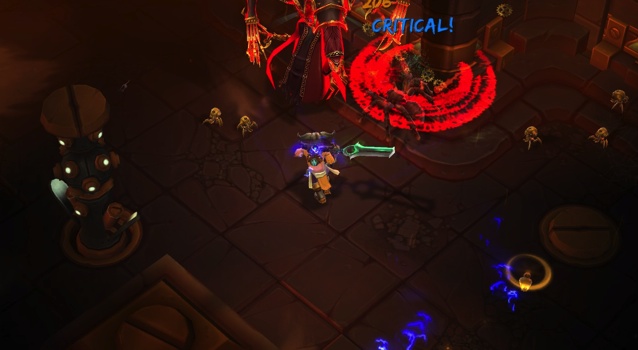
There are four classes to choose from — the Embermage, Engineer, Berserker and Outlander. They fit within classical archetypes, but Torchlight 2 allows for a great deal of character customization through its skill trees. There are three per class, and each skill tree has seven active and three passive abilities and multiple tiers. It takes 15 points to fully max a single skill. Aside from player mods, there's no way to max everything.
That gave me a lot of choice in how to build my Outlander. I could have focused on close-quartered engagements with a shotgun, party buffs, enemy debuffs, keeping my distance with a bow, glaive abilities, or any combination. I chose akimbo pistols for their speed and suave looks - I am a little vain - with a healthy investment in enemy debuff spells and skills. The dilemma of choice was always present, of which I always appreciate in role-playing games.
That relationship with choice wasn't entirely perfect for me, however. Aside from the last three spent skill points, there is no option for a full character respec. This caused me no small amount of agony as I spent more time during the first few hours of the game attempting to plot out my build than actively playing. It's a design decision I don't agree with, especially in a game with so many options, as I feel it punishes greater exploration of character builds for those of us with limited amounts of time. But once I exhausted myself and later discovered I could earn extra skill points by increasing my fame - earned through defeating mini-bosses, bosses and various quests - I started to have fun again.
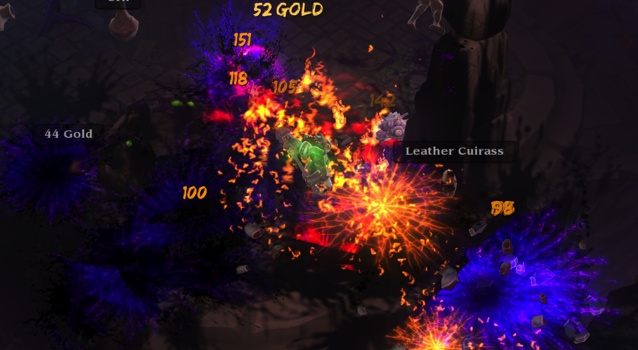
To my surprise, the same visual identity I had mistakingly dismissed with the first game kept me coming back in its sequel. Runic Games decided to go for a style that looks as fun as it plays and succeeded wonderfully. It's simple yet exaggerated and full of color, which drew sharper attention to its character, item and enemy detail. It all comes together to make a charming, warm game to behold and play. That simplicity does extend to the environments, making some locations somewhat uniform, but they thankfully never over-stay their welcome. It doesn't take too long to clear a dungeon or an area before moving on to new, different locations.
Lastly, I really appreciated the pet system. There are several too choose from, including various skins. The panther I chose became a great ally in combat, often outdealing me in damage and attributes — I sometimes felt I was the pet — but he also could act as a storage mule. They can then be sent to town to sell any items given to them or to purchase general goods for the player, such as potions and scrolls. This kept the action for me going instead of breaking it up for town runs. Suffice to say, I've grown rather attached to Mr. Muffins.
Torchlight 2 proved I shouldn't judge a book by its cover. Its deep class customization, visual style and pet system kept me playing well into the night, even as my fingers screamed at me to stop. It absolutely does not feel like a twenty dollar game. It's a worthy investment for anyone looking for their next Diablo, Titan Quest or Dungeon Siege.
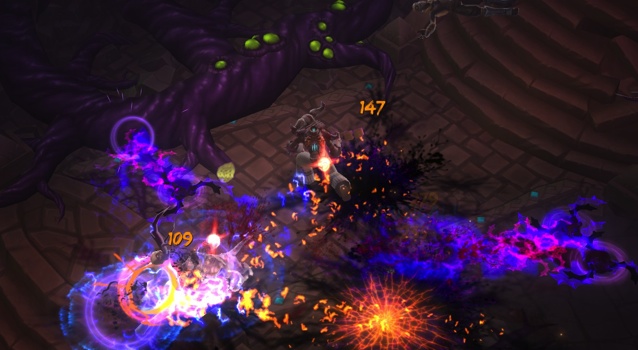
Torchlight 2 has been a couple of years in the making, seeing a few delays over the past few months before its eventual release date announcement at PAX late last month. And if you’re wondering whether or not to keep on reading, I’ll preface the rest of this piece by saying that the game has been well worth the wait.
Facing steep competition from the likes of Diablo 3, which had its expectations built over a period of ten years, Torchlight 2 has had its work cut out for it. The developers at Runic Games could’ve been content to play second string to Blizzard’s juggernaut, or compose their own symphony. They chose to do the latter.
A sequel to the first Torchlight, the game is an evolution of all its features, expanding them well beyond the scope and capabilities of the first game. It’s bigger, better, and more enjoyable (this is the important part) in every way.
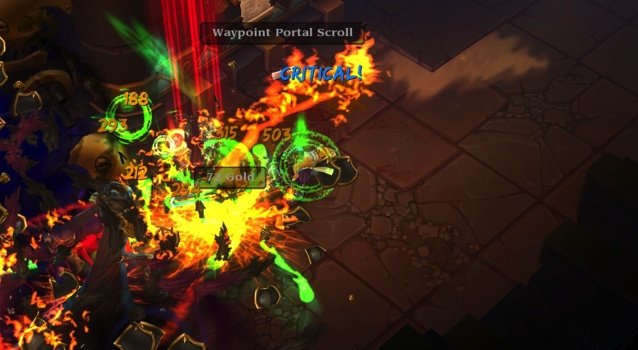
Having enjoyed the first Torchlight, the biggest issue I had with the game was its lack of content, relative to other action RPGs. There was a single dungeon, and you delved deeper into it. Like the original Diablo, the dungeon was littered with a variety of different environments—but all the same, it was just a single dungeon that you moved deeper into, like some kind of Borgesian labyrinth.
By the time you reached the Dwarven mines, you could feel the crushing existential weight of all fifteen of the levels above you.
Torchlight 2 is wildly different from its predecessor, shying away from a single, vast dungeon for an open world setting in which a variety of dungeons and open environments are available for you to explore, loot, and plunder. The game makes you feel like you’re actually on a grand adventure, and you go wherever your quest takes you.
And speaking of the quest, it’s not exactly ennobling as it’s made up of a series of “go here and kill this” tasks, but it does a serviceable job at keeping you tied to an overarching narrative, which you’re rewarded for with new awesome looking gear which follow a variety of themes based on the locations you visit. You can expect to find gear that allows you to blend in with your surroundings. It makes sense, thematically, that you wouldn’t want to wear a set of heavy furs in the desert.
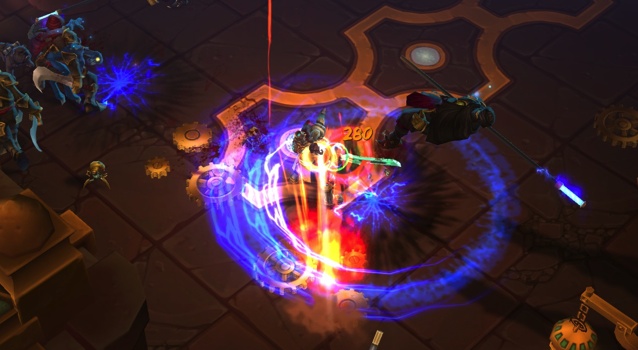
With regards to the game’s locations, the places you visit will be anything but bland recreations of popular tropes and settings. More than just a plain old desert filled with Egyptian-themed architecture, you’ll find yourself in battle against steam-powered spider bots inside of a clockwork pyramid. It’d be honest to say that Runic Games put great efforts in designing unique locations and enemies for Torchlight 2 instead of falling back on Tolkienesque fantasy.
The game’s setting is unique in its identity, and the same philosophy of design extends to its core mechanics. Everything from leveling up to earning skill points sets Torchlight 2 apart from its competitors. As Christopher mentions in his review above, you’ll earn skill points by leveling up and also by earning “fame” levels, which you attain from completing quests and killing boss monsters. Although the game allows for very limited respecs, the abundance of skill points gives you an opportunity to build your character as you want without relying wholly upon grinding for levels. You’re put yourself in too much at a disadvantage if you aren’t entirely precise in which skills you opt for, either.
There is a benefit to investing many points in a single skill, as each active skill comes in three tiers that provide enormous boosts with the completion of the tier. Choosing a relatively low level skill to invest in can yield an enormous payoff later in the game—and many of the skills improve with your character’s level instead of providing fixed benefits.

Leveling mechanics aside, the game is a joy to play. It starts off slow, like any other action RPG, but increases in pace as you become more familiar with the skills you have. The action is rhythmic, and clearing an entire dungeon of monsters feels like conducting an orchestra made up of swords, spells, and exploding bodies. Once you’re in that mode, Torchlight 2 becomes impossible to put down—at least until you’re done with the dungeon.
Addictive though the experience might be, the game is thankfully structured in such a way that it’s possible to enjoy it in short bursts or for many hours at a time, depending on your preference. Each romp through a dungeon will take you no longer than a few minutes and depending on the amount of time you have to spare.
Torchlight 2 demonstrates that by building upon all the elements that made the first Torchlight a fantastic game and by refusing to cater to tired trends, it’s possible to produce something completely unique and arguably more awesome (an argument I would make) than almost every other action RPG that’s out right now.

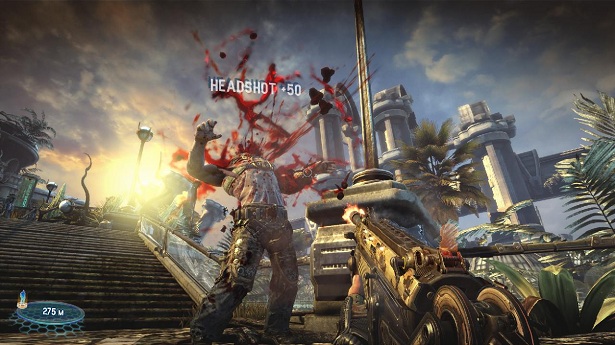


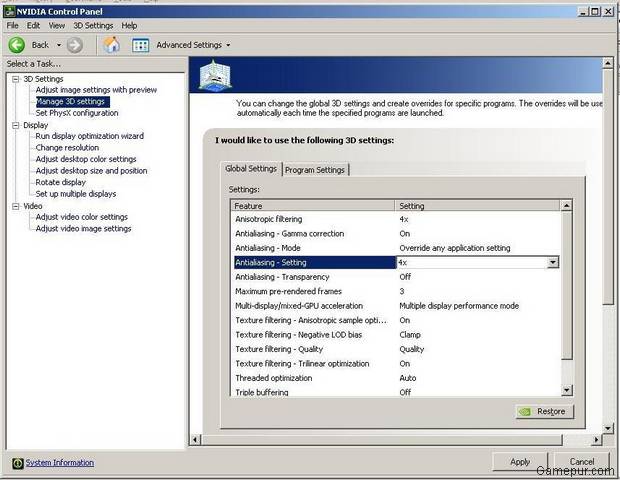
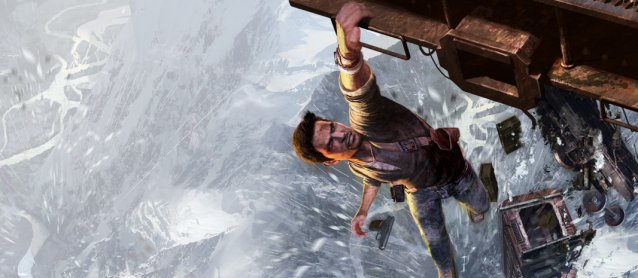 The Uncharted Series Top 5 Moments
The Uncharted Series Top 5 Moments The Best Gaming Podcast Ever: Episode 12
The Best Gaming Podcast Ever: Episode 12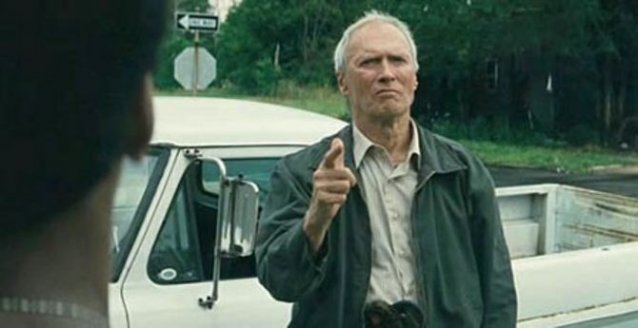 Get The Hell Off My Lawn: Why Bioshock Has Ruined FPS Genre For Me
Get The Hell Off My Lawn: Why Bioshock Has Ruined FPS Genre For Me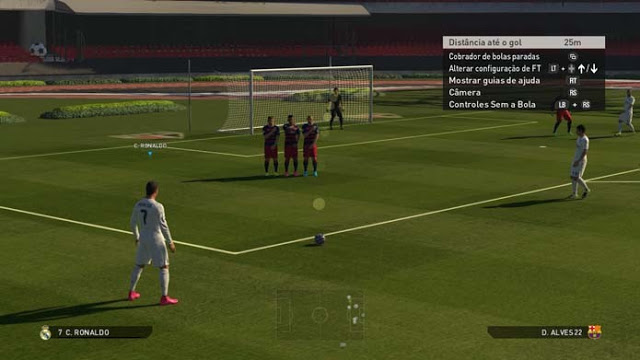 PES 2016 - Score Goals on Penalties and Free Kicks
PES 2016 - Score Goals on Penalties and Free Kicks If only more people would write reviews like this...(pic)
If only more people would write reviews like this...(pic)